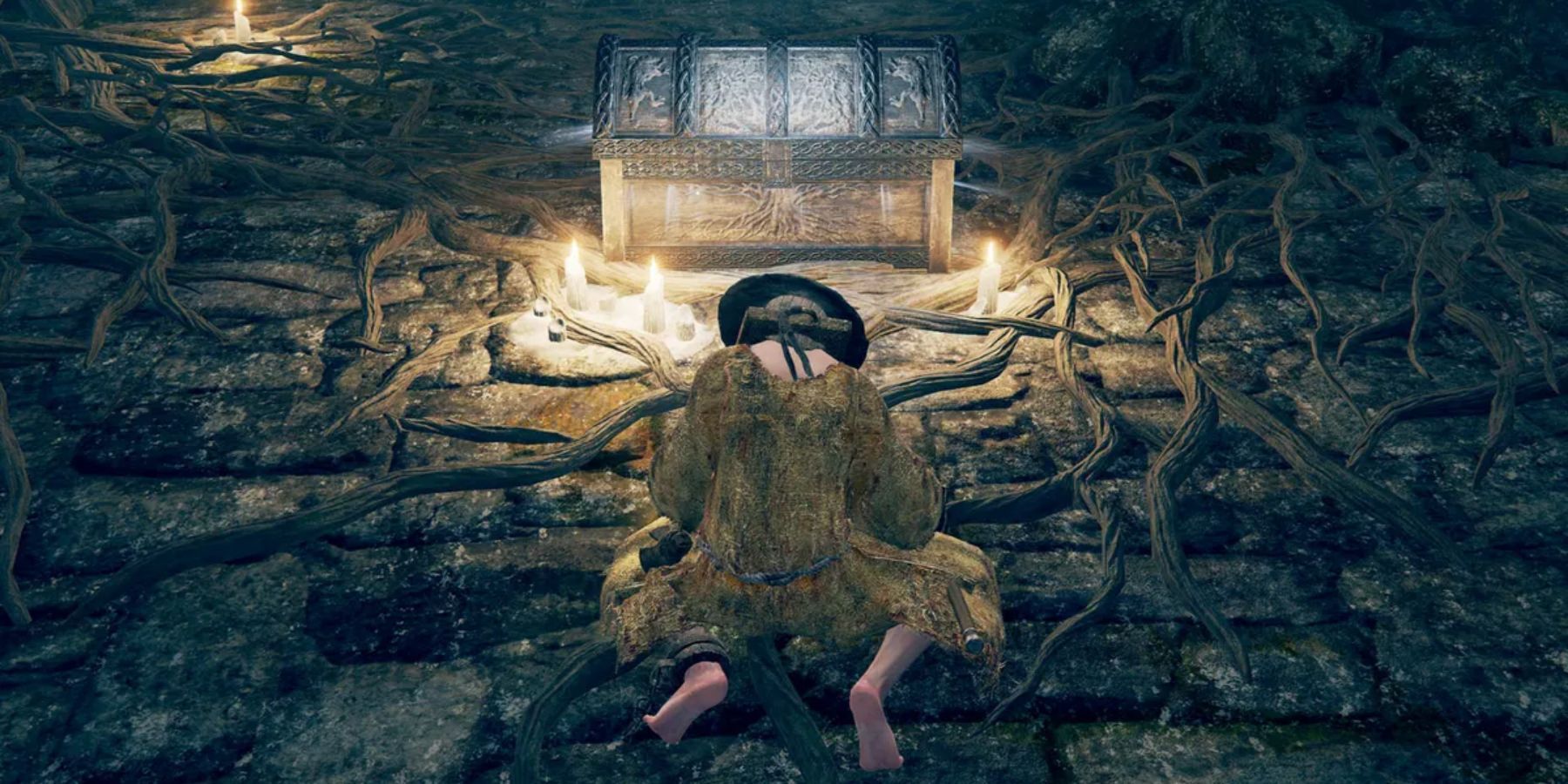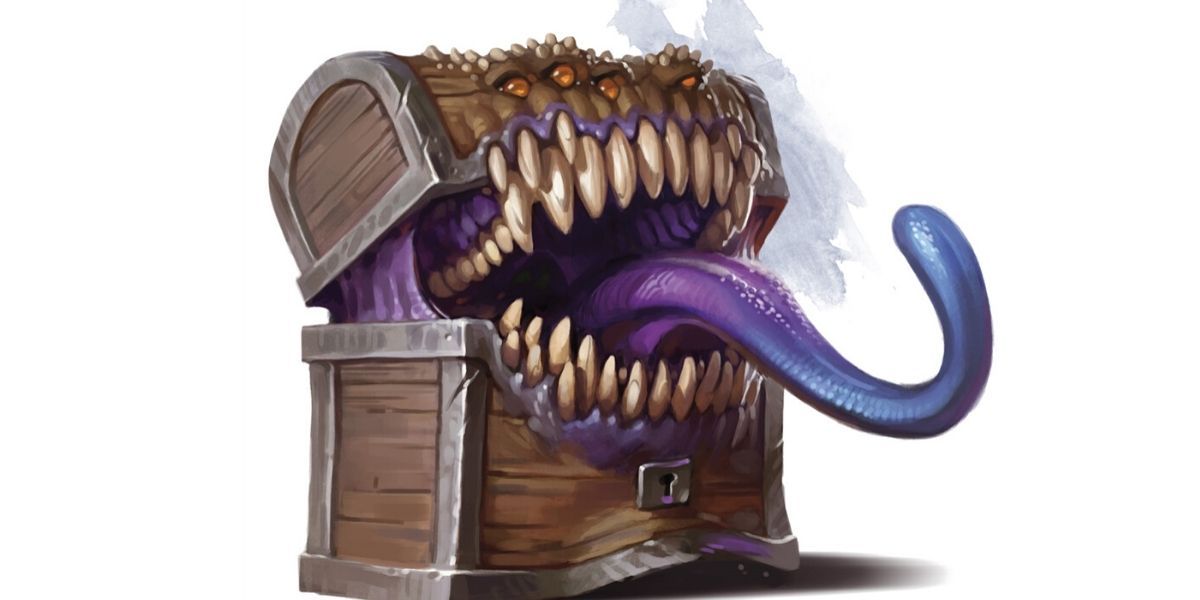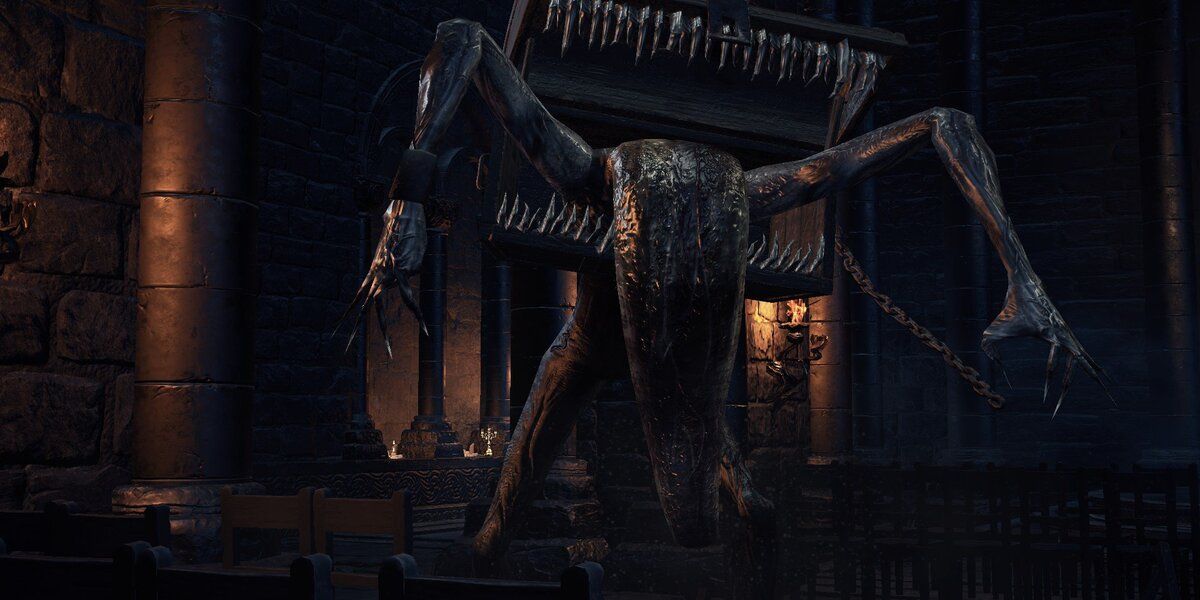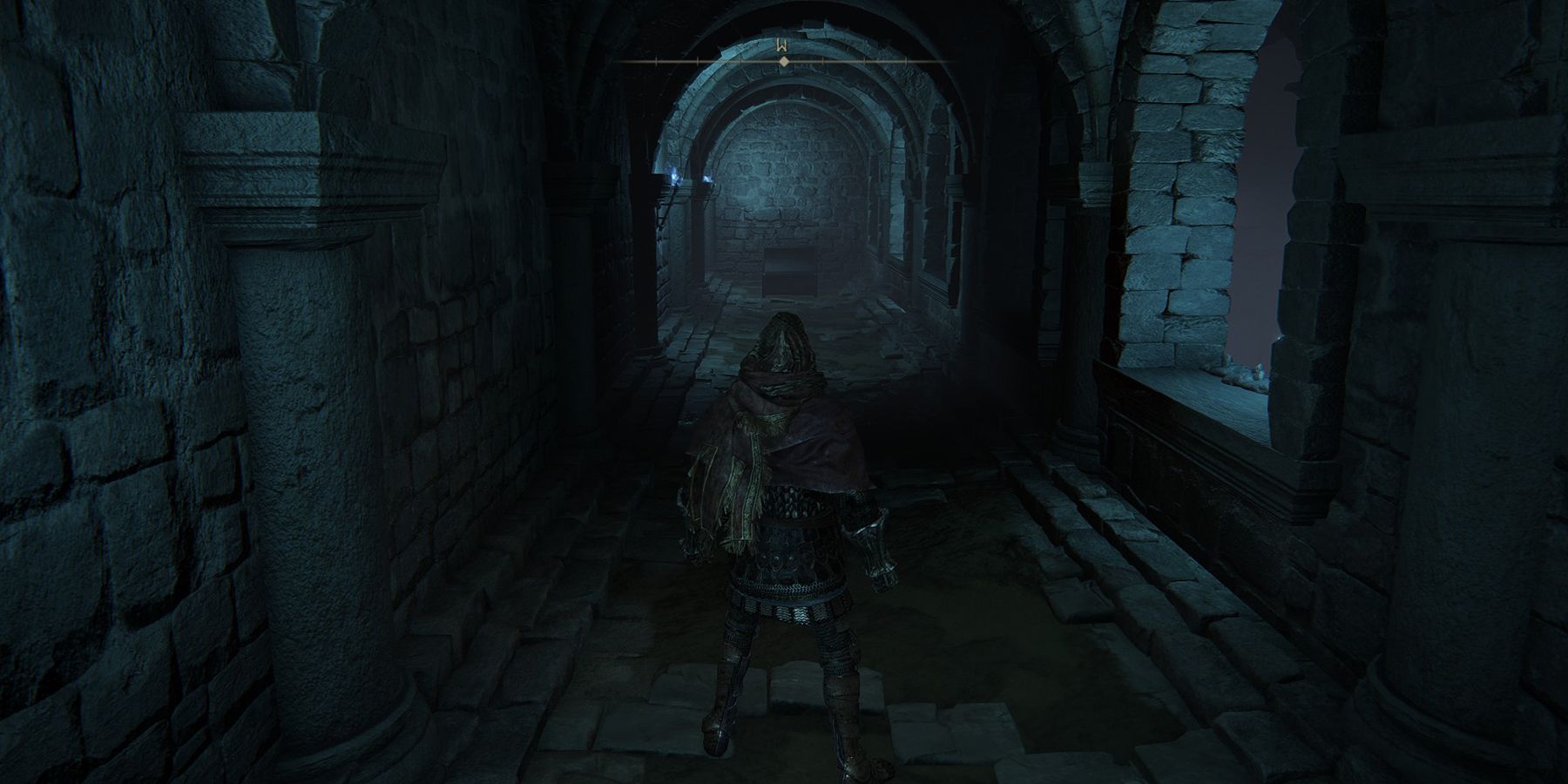Just over a decade after Dark Souls made a major splash in the gaming industry, Elden Ring brought together everything that made the Souls trilogy great. FromSoftware’s dark fantasy aesthetic was once again presented in a visually stunning format, with distant elements like the Erdtree being especially striking. In a new open-world format, Elden Ring became everything Dark Souls 2 aspired to be before issues made it default to linearity. Topping every sales figure FromSoftware has seen, Elden Ring proved to be a worthy successor to FromSoftware’s Soulslike games, and fans who have wrapped up their adventures are eagerly awaiting its rumored DLC.
In a game so full of fantasy and Soulslike staples, it's easy to conclude that Elden Ring was conceptualized as a best-of approach to FromSoftware's previous games. That is fairly accurate, especially considering the many parallels one can draw to Dark Souls enemies, weapons, and concepts. From the most basic Hollows and Nobles to the Bearers of the Lord Souls and the Demigods, tried and true enemy concepts are honed and referenced everywhere. Even the iconic basilisks make a return with a nearly identical design. However, there are some omissions that differentiate Elden Ring from its Souls forefathers. One of the most noticeable of these is the insidious mimic, the memory of which haunted veteran Souls players throughout their first playthroughs.
Mimics Are an RPG Staple
The mimic is a standard enemy in fantasy RPG settings, and its introduction to the world at large comes from early editions of Dungeons and Dragons. The entire conceit of the mimic is that it disguises itself as either a dungeon fixture like a wall or a door, or as treasure that a person is likely to touch. After the person is drawn near, the mimic reveals itself and attacks. The exact method of this has changed a lot over the years, and D&D has done a lot of experimentation with its own mimics. Some mimics are smart, some can use magic, and some are just hiding inside treasure chests. Still, the basis of fusing a trap and a monster together remains constant across every conceived mimic.
Early video game RPGs took to this idea quickly, with Dragon Quest employing traditional mimics while Final Fantasy opts for “monster in a box” traps. Even Pokemon invented the Voltorb family specifically to justify having mimics. The legacy of this creature type persists across the genre, and usually marks games with old school traits. The Soulslike genre itself makes judicious use of mimics, and some indie titles have pushed them to new heights with checkpoint mimics. Prop Hunt-like games and the horror roguelike Golden Light are even built around enemies and allies mimicking objects. Mimics have become deeply intertwined with the fantasy genre and RPGs, and something aligning itself with them is likely to include the beasts.
Dark Souls’ Mimics Are An Important Part of Their Experience
On FromSoftware’s end, mimics are included in the King’s Field series and Dark Souls, but they skipped the transitional Demon's Souls. Taking the form of enemies hiding in chests or booby-trapped treasures in King’s Field, they became something wholly distinct in Dark Souls. Based on the traditional depiction of a mimic as a living treasure chest, Dark Souls mimics are four-limbed creatures that make odd giggling sounds and move in strange ways. Their arms and legs emerge from the sides of their treasure chest mouths, all of which are concealed until it's too late.
Savvy players have learned to recognize mimics via the placement of chains or locks on their models, and many have taken to attacking treasure chests before opening them. Dormant mimics can also be put to sleep with a Lloyd’s Talisman, and their snoring yields whatever item they were hiding. It's a good thing there are so many ways to recognize mimics, as they are typically much stronger than nearby enemies and have access to devastating grab attacks. Their health pools and damage firmly place them in the realm of mini bosses, and mimics will often surprise Souls players with a mixture of bizarre twirls and kicks alongside their deadly bites. The fusion of traditional treasure mimicry and several eccentricities on top of high lethality makes mimic encounters, especially Dark Souls 3's first treasure chest, very memorable.
How Elden Ring Can Bring Mimics Back
Amidst the hordes of zombies, dogs, and crabs that returned with new designs in Elden Ring, the mimic is strangely absent. Elden Ring does have some trapped chests, but they are all either tied to external enemy spawns or teleport the player somewhere else. These teleporters may even be helpful if the player knows where they’ll end up. This is a far cry from the mimics in Dark Souls, and don’t even reach the dastardly heights of the franchise’s booby-trapped chests holding bombs or status effect gas. It's strange, too, as Elden Ring introduced a race of mimics called Silver Tears. Some took the form of giant boulders and a couple were even named Mimic Tears, but none of them became a treasure chest, and they were mostly limited to one area. With more dragons and giant crustaceans than a Souls fan could ask for, these mimics feel squandered.
Fortunately, Elden Ring still has a chance to redeem its mimic population. The rumored Barbarians of the Badlands DLC could bring Dark Souls mimics back into the fold, and it absolutely should. Elden Ring’s identity as an open world filled with tiny corners populated by unusual enemies, optional challenges, and interesting treasure would all come together perfectly in the form of a mimic. Whether they take their usual lanky form or they are interwoven with the Silver Tear species, mimics perfectly match the playful treachery that FromSoftware's games are known for. Even as they bemoan their return, players will come to enjoy the familiar laugh of a mimic in Elden Ring just as much as they did in Dark Souls.
Elden Ring is available now on PC, PS4, PS5, Xbox One, and Xbox Series X/S.




